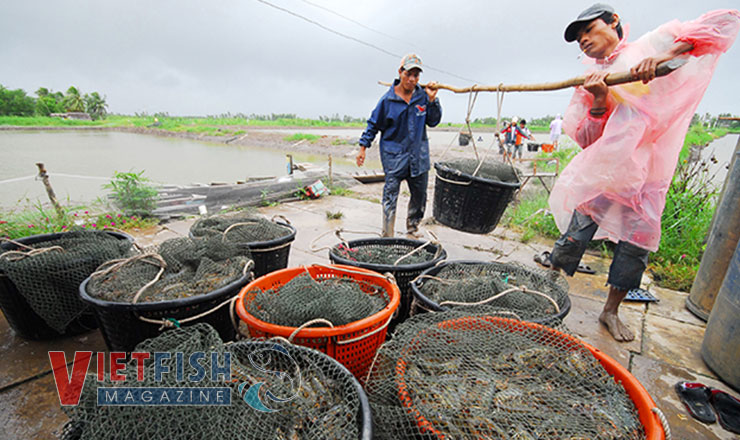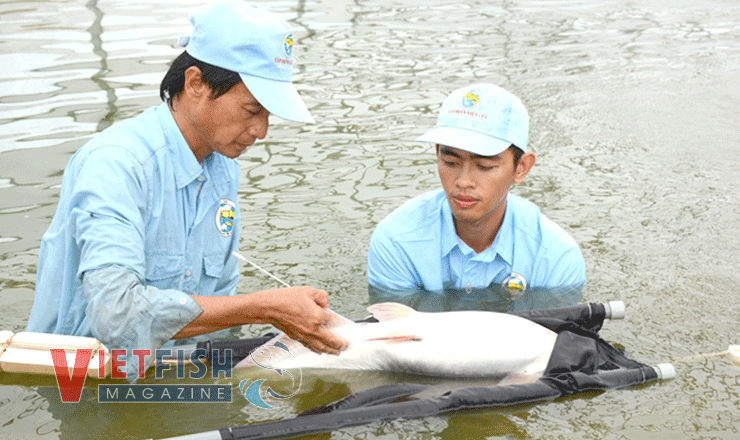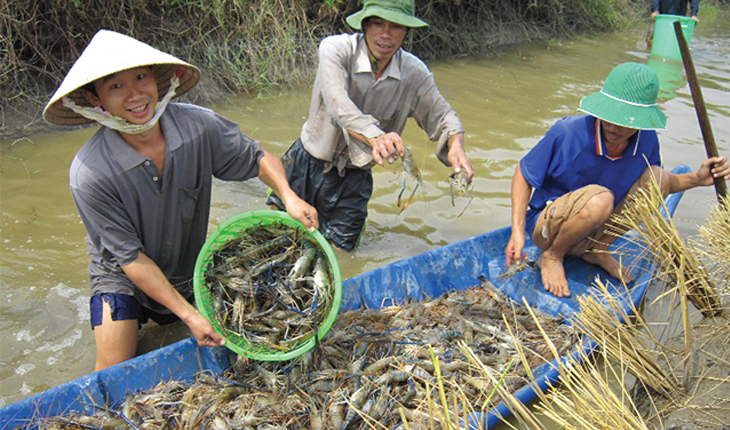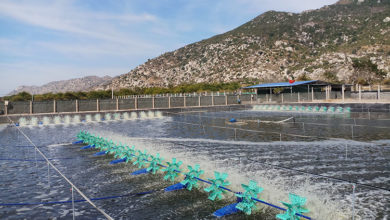Provinces enhance supervision in crawfish trading, transport and culture
A large amount of crawfish has been imported as food in some prefectures of Vietnam. It is an invasive alien species that is omnivorous and grows fast, hence it destroys rice and local shrimps, and even transmits disease to other species.
QuảngNinh
In an effort to prevent crawfish from entering QuảngNinh, the province’s Department of Agriculture and Rural Development issued the Official Document no.1751/SNNPTNT-CCTS dated 22 May requiring agencies ofpolice, market surveillance, customs, defense, environment and resources, local authorities and Fisheries Society to check and supervise the trading, transport, and culture of crawfish in the province, especially illegal import of this species. They are required to strictly handle the violated cases to protect biodiversity. Isolation and destruction of this species are necessary to prevent them from penetrating the natural environment.
In case of detecting someone in trading, rearing, transporting crawfish or discovering crawfish in natural ponds or lakes, it is necessary to inform competent agencies or local authorities so that they will work out prompt solutions to prevent and handle illegal cases under the law.
A team has just been founded to check and supervise the areas where there are border gate and open roads to China, transit positions, and restaurants involved in consuming crawfish.
Cà Mau
Cà Mau People’s Committee has issued a Notification no.34/TB/UBND dated 17 May regarding the enhancement of crawfish control (cheraxquadricaranatus).
The notification states that crawfish (cherax quadricaranatus) has been imported as food in some prefectures of Vietnam. It is an invasive alien species that is omnivorous,lives at the bottom, likes digging caves, acts at night and has high resistance and adaptation.
Upon the Urgent Notification no.3438 by Minister of Agriculture and Rural Development, Cà Mau provincial People’s Committee requests Department of Agriculture and Rural Development to check whether crawfish enters the province. If any, it must be destroyed as soon as possible, and on the other hand, local people need to know about damages that crawfish can cause.
If the trading, transport and consumption of crawfish is detected, it must be informed to Department of Agriculture and Rural Development or Sub-department of Fisheries via telephone number 0913.730.007 or 0913.656.379 for prompt solution.
VFM






